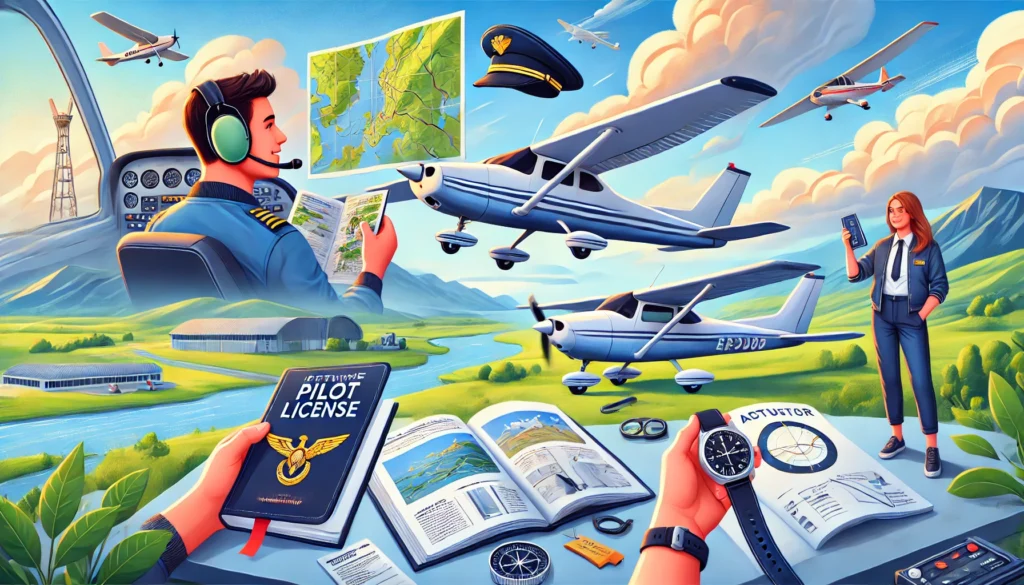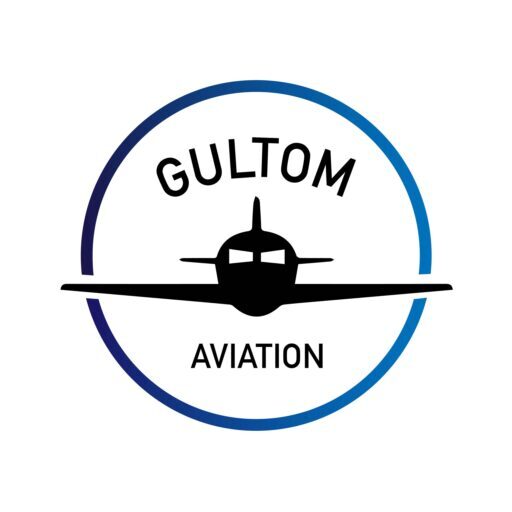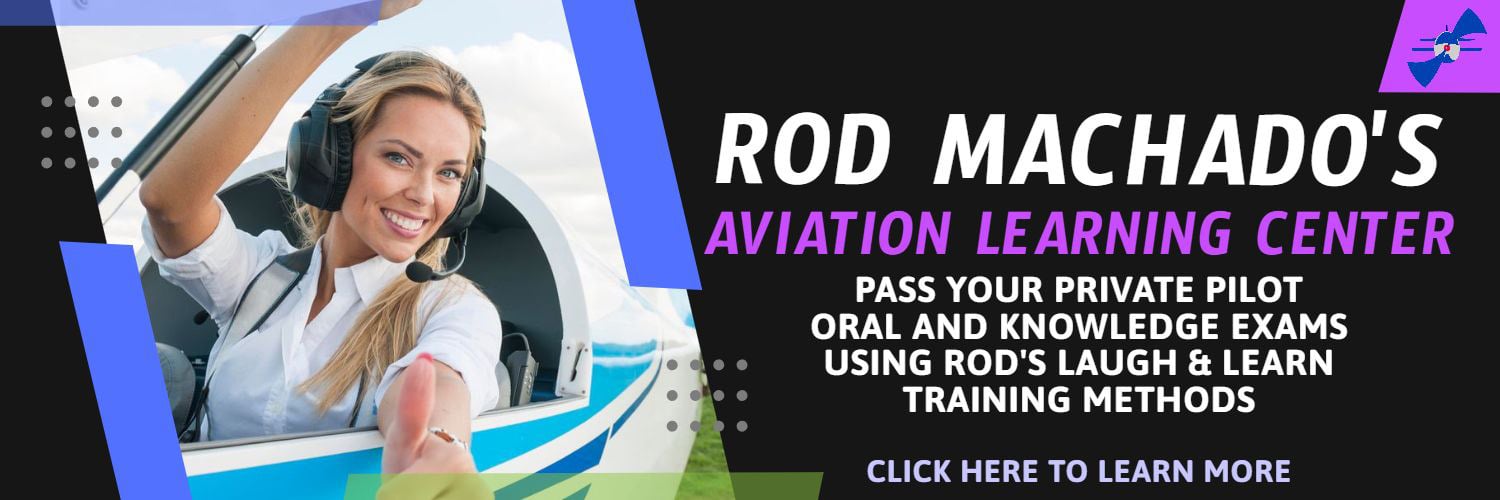
Earning a private pilot’s license (PPL) is a thrilling and rewarding achievement. Whether you dream of flying for leisure, traveling with ease, or pursuing a career in aviation, obtaining a PPL is your gateway to the skies. This comprehensive guide covers everything you need to know about how to get a private pilot’s license, from the initial requirements to the final exams.
Steps to Getting a Private Pilot’s License
- Meet Age and Language Requirements: Ensure you meet the age and language proficiency standards.
- Pass a Medical Exam: Obtain a medical certificate by passing the required medical examination.
- Begin Training: Enroll in a flight school and start your flight training and ground school.
- Obtain a Student Pilot Certificate: A student pilot certificate is required to solo.
- Logbook Endorsements: Receive endorsements from your instructor for both the knowledge and practical tests.
- Pass Knowledge Test: Study the aeronautical knowledge areas and pass the knowledge test.
- Complete Flight Training: Accumulate the necessary flight hours and complete the required training maneuvers.
- Prepare for Practical Test: Receive final training sessions and logbook endorsements.
- Pass Practical Test: Successfully pass the practical test to demonstrate your flying skills.
Requirements for a Private Pilot’s License
Age Requirements
To begin your journey toward a private pilot’s license, you must meet specific age requirements:
- 16 years old: Minimum age to obtain a student pilot certificate and solo.
- 17 years old: Minimum age to receive a regular pilot’s license.
There is no upper age limit as long as you meet the medical qualifications.
Health and Medical Exam
You must be in good health and pass a medical examination to obtain a medical certificate. This exam ensures you are physically fit to operate an aircraft safely. To learn more about medical certificates and which class is right for you, click here.
English Language Proficiency
Given that English is the international language of aviation, you must have a strong command of the English language. You should be able to read, speak, and understand English proficiently.
Exams and Endorsements
Aeronautical Knowledge
To meet the aeronautical knowledge requirements, you must:
- Logbook Endorsement: Receive a logbook endorsement from an authorized instructor who has conducted or reviewed your training on the aeronautical knowledge areas listed in § 61.105(b).
- Knowledge Test: Pass the required knowledge test on the aeronautical knowledge areas.
Flight Training
Your flight training involves both practical and theoretical components:
- Logbook Endorsement: Receive a logbook endorsement from an authorized instructor certifying that you are prepared for the practical test.
- Aeronautical Experience: Meet the aeronautical experience requirements specific to the aircraft rating sought.
Practical Test
- Practical Test Preparation: Receive flight training in the areas of operation listed in § 61.107(b) and obtain a logbook endorsement from your instructor.
- Pass Practical Test: Successfully pass a practical test on the areas of operation. This is also called the check ride.
Initial Certification
Before applying for the practical test, you must hold a U.S. student pilot certificate, sport pilot certificate, or recreational pilot certificate.
Flight Time Requirements
To obtain a private pilot certificate with an airplane category and single-engine class rating, you must log a minimum of 40 flight hours. This includes:
- 20 hours of flight training from an authorized instructor.
- 10 hours of solo flight training.
Your flight training must include specific exercises and experiences:
Cross-Country Flight Training
- 3 hours in a single-engine airplane.
Night Flight Training
- 3 hours in a single-engine airplane, including:
- One cross-country flight of over 100 nautical miles.
- 10 takeoffs and 10 landings to a full stop at an airport.
Instrument Flight Training
- 3 hours in a single-engine airplane focusing on instrument flight skills, including:
- Straight and level flight.
- Constant airspeed climbs and descents.
- Turns to a heading.
- Recovery from unusual flight attitudes.
- Radio communications and navigation.
Practical Test Preparation
- 3 hours with an authorized instructor, completed within two calendar months before the practical test.
Solo Flight Time
- 10 hours in a single-engine airplane, including:
- 5 hours of solo cross-country time.
- One solo cross-country flight of 150 nautical miles, with landings at three points and one segment over 50 nautical miles.
- Three takeoffs and landings to a full stop at an airport with a control tower.
Obtaining a private pilot’s license is a journey that requires dedication, discipline, and passion for flying. By meeting the requirements, passing the necessary exams, and completing rigorous flight training, you can achieve your dream of becoming a licensed pilot. Embrace the challenge and enjoy the unparalleled freedom that comes with piloting an aircraft.
FAQs
What is the minimum age to start flight training?
- You can start flight training at 16 years old with a student pilot certificate.
Do I need to speak English to become a pilot?
- Yes, proficiency in English is essential as it is the international language used in aviation.
How many flight hours are required for a private pilot’s license?
- You need at least 40 flight hours, including 20 hours of flight training and 10 hours of solo flight.
What does the medical exam entail?
- The medical exam assesses your overall health to ensure you are fit to fly safely.
Can I become a pilot if I have health issues?
- It depends on the severity of the health issues. Consult an aviation medical examiner for specific cases.
How long does it take to get a private pilot’s license?
- The duration varies, but most people complete their training within 6 months to a year, depending on the frequency of lessons and individual progress.

